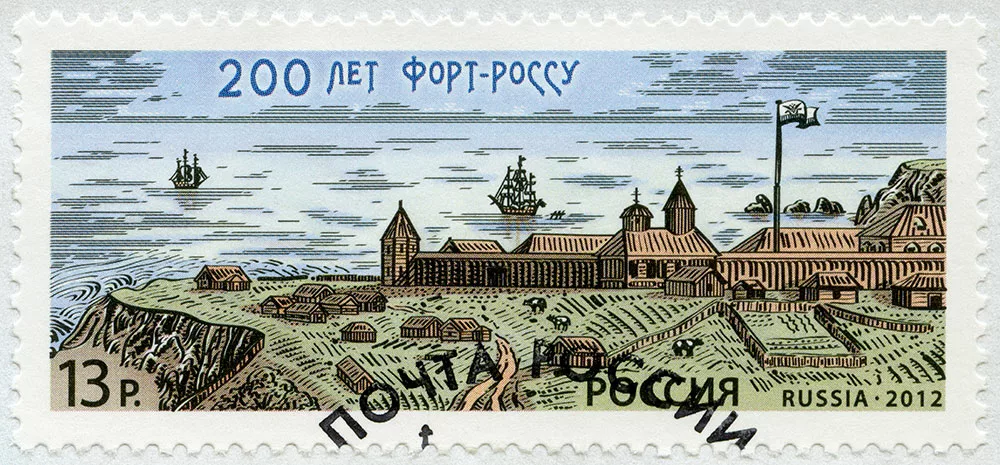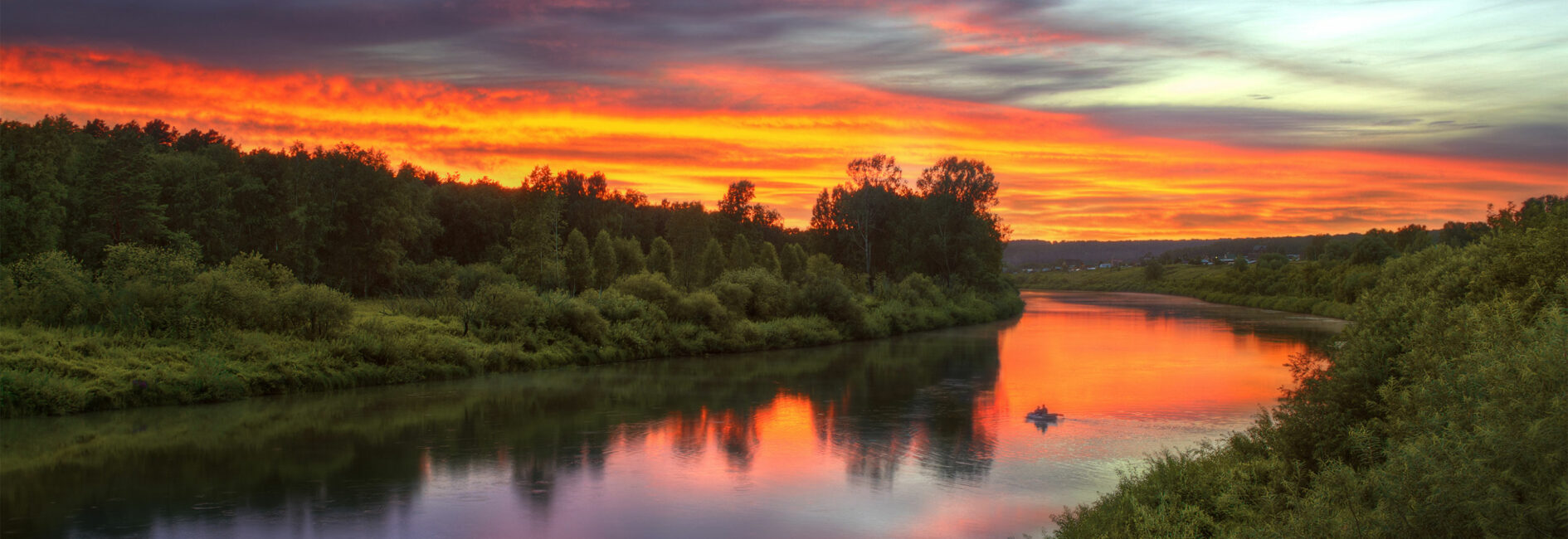For over 130 years, visitors from all over have flocked to the Russian River in Sonoma County to swim, hike, wine and dine, or simply relax and enjoy all that this small part of wine country has to offer. Our beloved riverway is known for its natural beauty, recreational opportunities, and agricultural heritage. Beginning in Cloverdale, it flows through the lush Wine Country, ancient redwoods, and empties into the Pacific Ocean at Jenner on the coast.
The Russian River Before Colonization
Over the years, the Russian River has held many names by the many people who have called its waterways home. Before its colonization by various entities including Spain, Mexico and the United States, the Russian River supported numerous Native American tribes. Pomo, Miwok and Wappo tribes inhabited the river valley for more than 10,000 years during which the river was known by Southern Pomo as Ashokawna, “East water place” or “water to the East”. At over 110 miles long, and a watershed area of 1,500 square miles, the Russian River was a large food resource including home to multiple salmon populations which are now protected species. In fact, another name for the Ashokawna was Bidapte, “big river”.
After Colonization
At the turn of the 19th century, both Russian-Americans and Spanish expeditions were eyeing the bountiful watershed and each aimed to settle the area for their respective governments. While Spain, led by Juan Rodriguez Cabrillo, a maritime explorer, was the first European empire to officially explore present-day California, Russians were largely responsible for settlement along the Russian River.
Russian fur trappers had established a colony in Alaska and were interested in expanding their fur trade to the mainland of North America. In 1812, a Russian trading ship, the “Juno,” sailed into what is now Bodega Bay, and a party of Russian fur hunters and traders were sent up the waterway to explore the area. The expedition, led by Ivan Alexandrovich Kuskov, eventually established settlements along the river valley including Fort Ross located in modern-day Jenner, CA.

The fort was a trading post for the Russian American Company, which was interested in developing a fur trade with the indigenous peoples of the region. Kuskov and his team explored the area and named the waterway “Rossiyskaya” (meaning “Russian” in Russian) after their country of origin. The name was later anglicized to “Russian River” by American settlers who came to the region. According to the USGS, variant names include Jauiyomi, Misallaako, Rio Ruso, Shabaikai, and Slavyanka.
Today’s Russian River
Today, the Russian River plays an important role in winemaking, tourism and agriculture. Many Sonoma vineyards depend on the lush river valley for its optimal growing climate, fertile soil and dependable watershed, as do many local farmers. And apart from its verdant agriculture and wine culture, the Russian River is a flourishing tourist destination. Many come to the river valley for water sports including kayaking, canoeing, fishing and swimming. But of course, there’s also ballooning, hiking through the redwoods or along the coast, shopping, golfing, and a thriving arts and theater community.
If you’re considering visiting the Russian River Valley, why not familiarize yourself with our history and everything else our community has to offer.
